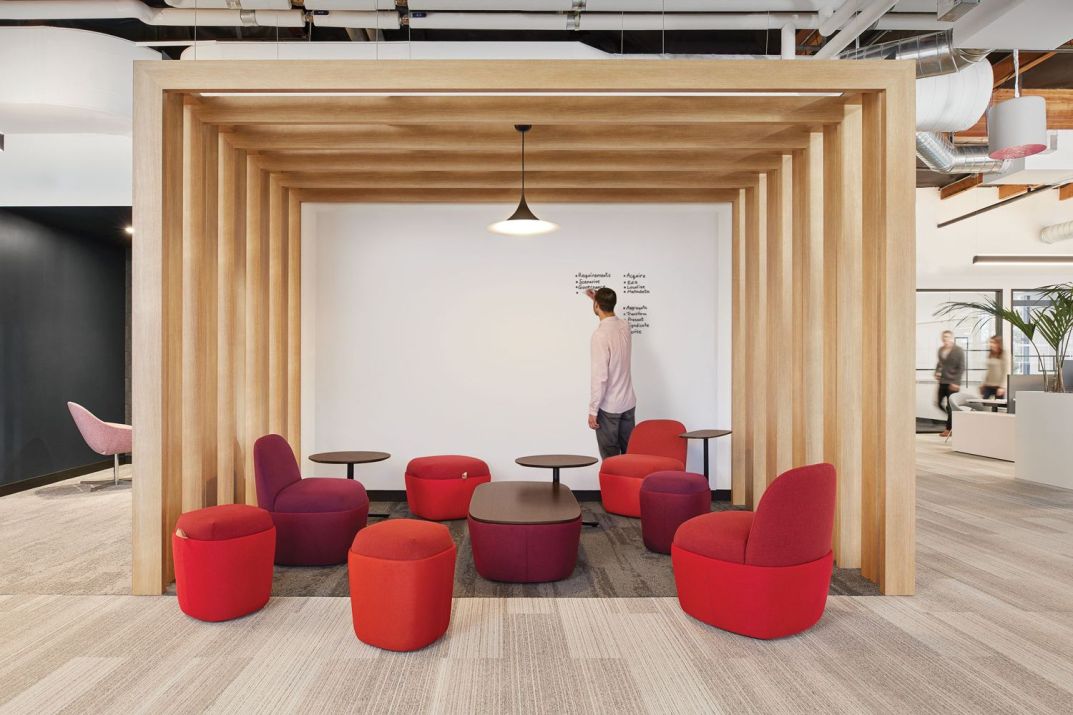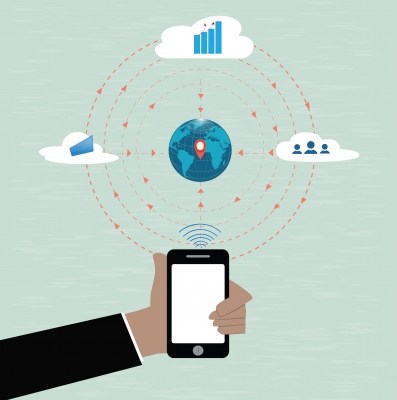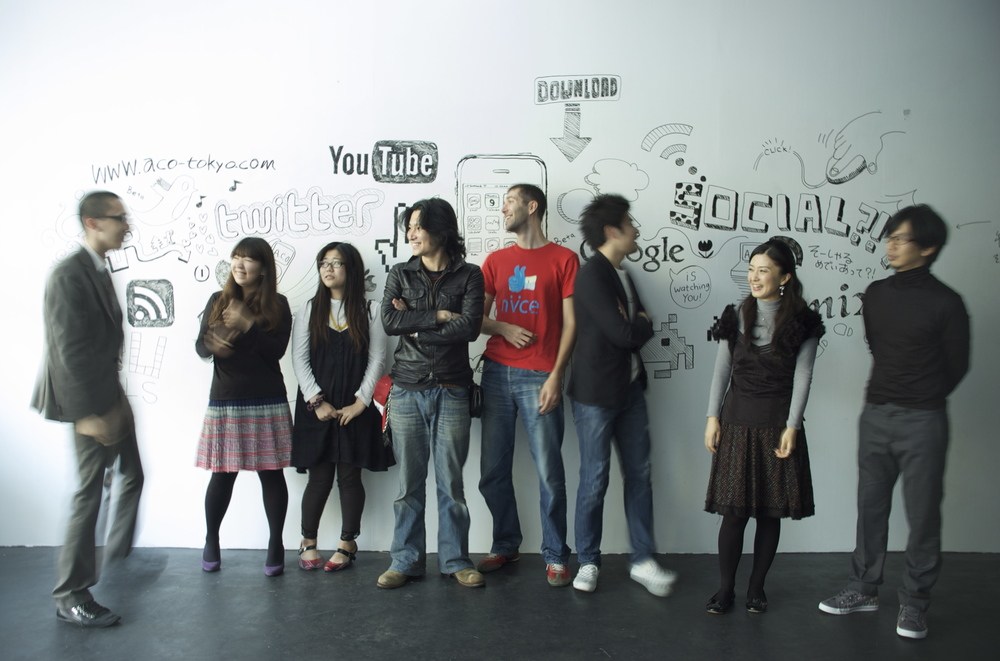Details
How has Tech Changed the Way Workspaces look
02 Jul 2018As our devices get faster, smaller, and slimmer, our workspaces are going to start feeling bigger and alot more different. For the most part, laptop and a mobile is all a modern worker needs to function; a change that’s causing businesses to rethink what we need in a office. Cloud storage, disappearing wires, Augmented and Virtual Reality becoming mainstream, smart materials - we’re seeing an interesting shift in workspace design. And in response to new technology, worker behaviours and attitudes are also changing.
Here’s a look at some of the top trends we’ve been seeing at the workplace.
1. Biophilic Design is more important than ever
With technology encroaching every aspect of our lives, it’s easy to feel we’re living in a virtual bubble, and disconnected from the real world. That’s when workspace design needs to step up, through constant reminders with the physical, and more importantly, the natural world. Biophilic design is just that - it effectively communicates the connection between nature, human-beings and the environment we build for ourselves. Through biophilic design can we achieve a more engaged and productive workforce.
2. Less Desk Time means Smaller desk space
It’s not just the sales team or the remote workers, the current generation of workers simply aren’t tied to their desks. Wireless and collaborative technology becoming simpler to use, and there’s also the demand for flexibility in the workspace depending on the type of job function. People just aren’t tied to their desks anymore. So if companies are spending on desks, it’s usually the smallest size available, for that touch and go sort of work.
Even storage units are looking different now. Check out Teknion’s new pedestal
( Teknion Plug from NeoCon )
3. Better Privacy options without losing real estate
Open plans are starting to feel even more open now. After cubicles, it looks like meeting rooms are headed towards the exit. Makes sense, with communication becoming seamless and quicker. For that mix of privacy and acoustic comfort, we’re seeing an increase in organizations investing in acoustics pods and enclosed seating unit that offer temporary sanctuary from the general office buzz.
4. Accounting for all that blue light
The blue light from all our laptops and mobile screens have been proven to negatively impact our physiological and psychological states. While natural light remains the undisputed source to be utilized, designers are often challenged when it comes to including it in a design. Biophilic design or systems that mimic natural light to regulate our circadian rhythms are proving to be smart solutions to this problem.
5. New Product Design Possibilities
New Materials and 3D printing have opened a whole new dimension in the world of furniture design. Designing can develop products with unique 3D shapes that were previously not possible, thanks to additive manufacturing. Even more promising is the sustainability front - products can be produced using recycled materials to create new ones that don’t leave a negative impact from the manufacturing process.










